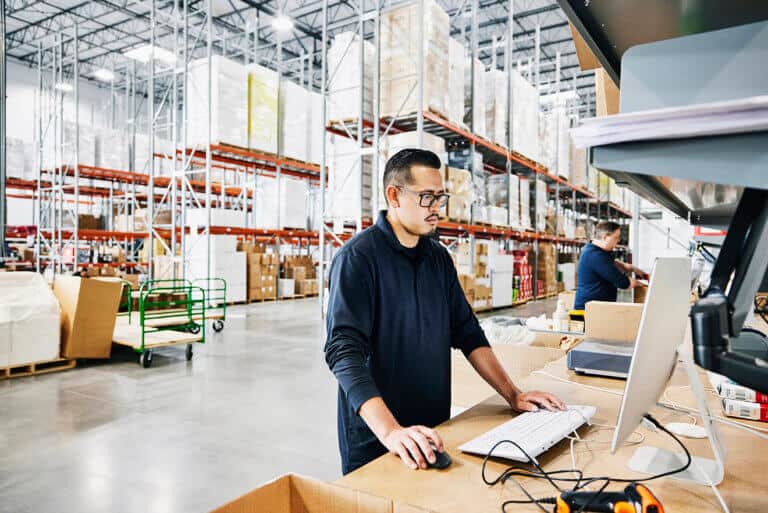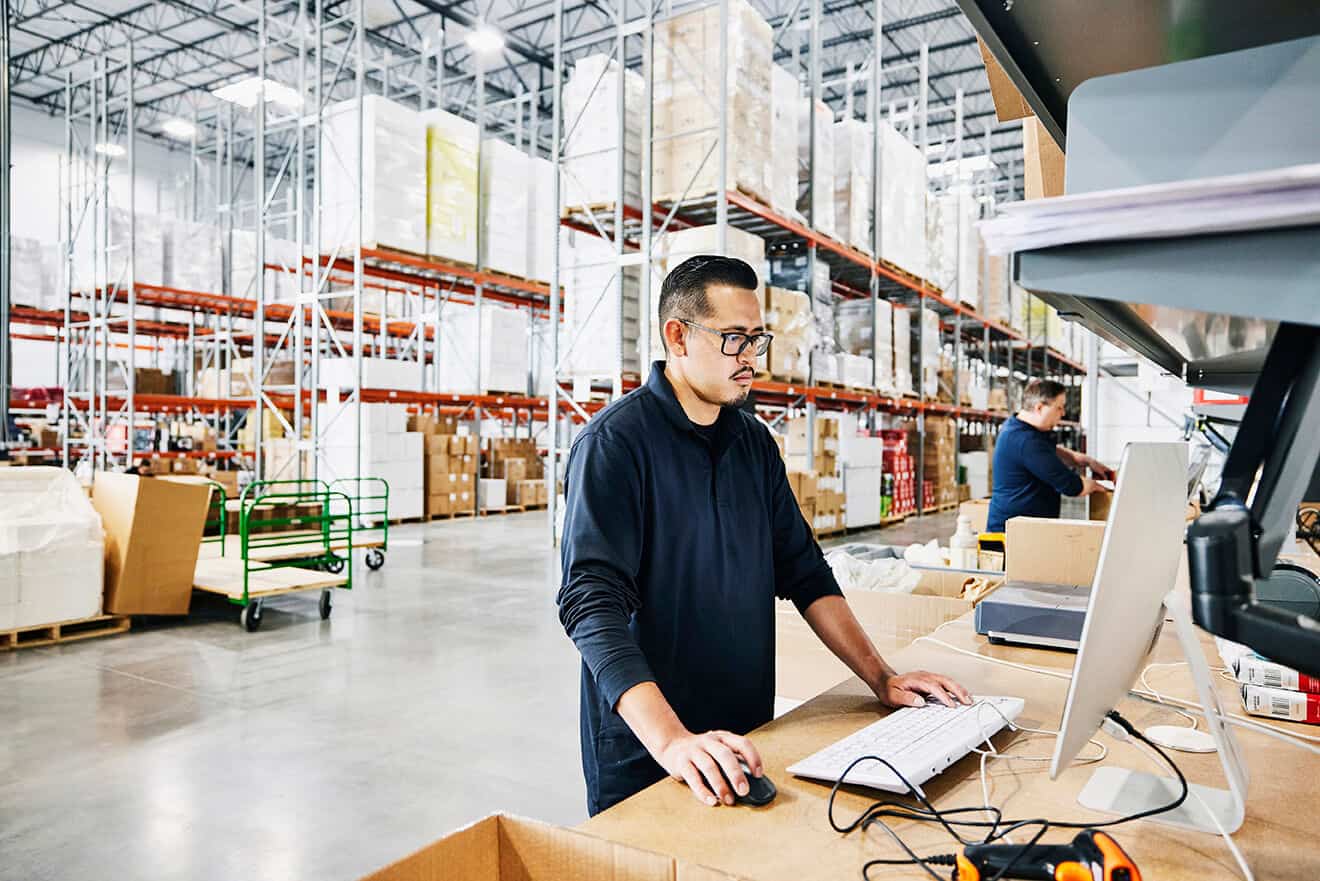- Study of fast-moving consumer goods during pandemic reveals a new, lower baseline performance is the “new normal”
- Use of artificial intelligence and real-time data cut supply chain forecast error by 32%, reduced the volume of business exposed to extreme error by half and drove a six-fold increase in realized value from planning-related investments
AUSTIN, Texas – September 29, 2021 – e2open Parent Holdings, Inc (NYSE: ETWO), a leading network-based provider of a mission-critical, cloud-based, end-to-end supply chain management platform, announced today the release of its 10th annual Forecasting and Inventory Benchmark Study, an in-depth analysis of supply chain performance offering a fact-based assessment of the pandemic’s impact on business. In addition to the year-over-year comparison, this year’s study captured the value realized from leading manufacturers using artificial intelligence (AI) and real-time data during the spread of COVID-19 and offers insights to better manage future disruptions.
Focus on production efficiencies as business becomes harder
Data from the study, which encompasses over $200 billion of fast-moving consumer goods, reveals that the pandemic has made it harder than ever to do business. While demand for essential items drove record sales, service levels fell from 99% to a historic low of 83%. Companies invested more in inventory to protect against demand and supply volatility, both of which were elevated during the pandemic. To bolster the availability of essential goods, manufacturers shifted strategic focus away from product innovation to boost production efficiencies, reduce changeovers and maximize output.
Increased volatility leads to unprecedented demand planning error
From a planning perspective, the pandemic made businesses inherently harder to forecast than in prior years. Companies lost half the value-added from their planning investments, as demand planning accuracy fell dramatically during the pandemic. Demand planning error increased more than 20% and extreme error increased by more than 33%. While all supply chains are built to accommodate a certain level of error, “extreme error” is when forecasts exceed or fall short of shipments by more than double. This type of error is by far the most costly and disruptive to business and is a particularly relevant metric during major disruptions like the pandemic, especially for essential goods that people depend on to stay healthy, fed and safe.
“It’s tempting to view the pandemic as an anomaly and stay the course in hope of a quick transition back to the old, pre-pandemic normal,” said Pawan Joshi, executive vice president of product management and strategy at e2open. “However, the unfortunate reality is that business did not return to normal. Instead, things settled into a new baseline where every aspect of business is tougher than it was in pre-pandemic times – and that was before the Delta variant and the string of droughts, floods and wildfires that have taken place in 2021.”
Use of real-time data and AI was a game-changer for companies
The study found that using AI and real-time data to understand current market realities led to dramatic improvements at all stages of the pandemic, including the tumultuous period of consumer panic buying as lockdown and stay-at-home orders were imposed. Demand sensing, which uses AI and real-time data to better predict what customers will order, cut forecast error by more than one-third, reduced the volume exposed to extreme error by half and drove a six-fold increase in realized value from investments in people, processes and technology related to planning.
“Understanding what actually happened during the pandemic helps leaders prepare for other large-scale disruptions in the future,” said Michael Farlekas, president and chief executive officer at e2open. “Being better prepared is a crucial factor in building resilient processes, being proactive rather than reactive, supporting the communities you serve during trying times and emerging stronger than before.”
“Today’s supply chain processes span internal operations, multiple tiers of upstream and downstream trading partners, and reach down to the end consumer,” continued Farlekas. “While these are all inherently linked and interdependent, few corporations have sufficiently invested in connecting end-to-end processes and systematically leveraging current information and AI to build resilience. This is an area of strong potential for most firms – to help them better manage future disruptions and capitalize on the hidden opportunities disruption can bring.”
For a complimentary copy of the 2021 Forecasting and Inventory Benchmarking report, please visit www.e2open.com.
About e2open
At e2open, we’re creating a more connected, intelligent supply chain. It starts with sensing and responding to real-time demand, supply and delivery constraints. Bringing together data from clients, distribution channels, suppliers, contract manufacturers and logistics partners, our collaborative and agile supply chain platform enables companies to use data in real time, with artificial intelligence and machine learning to drive smarter decisions. All this complex information is delivered in a single view that encompasses your demand, supply, logistics and global trade ecosystems. e2open is changing everything. Demand. Supply. Delivered.™ Visit www.e2open.com.
e2open and the e2open logo are registered trademarks of e2open, LLC or its affiliates. Demand. Supply. Delivered. is a trademark of e2open, LLC.
Sales and Customer Information Contact:
Diane Mitchell | VP, Corporate Marketing | e2open | Diane.Mitchell@e2open.com | 512-735-5692
Media Contact:
WE Communications for e2open | e2open@we-worldwide.com | 512-527-7029







